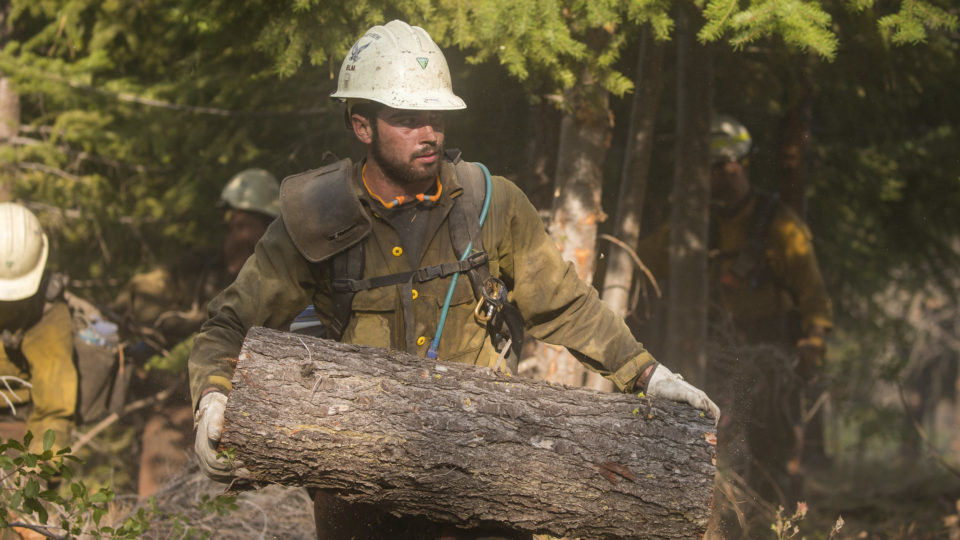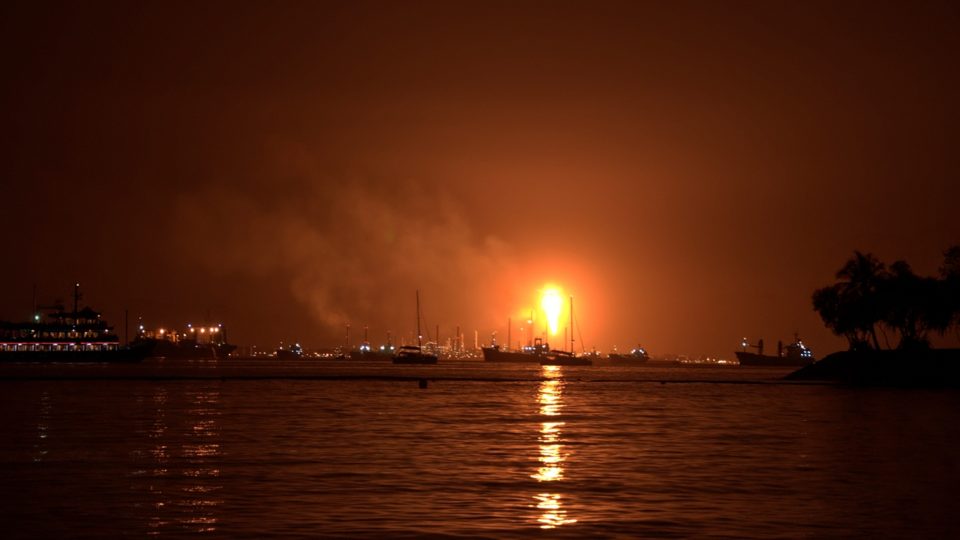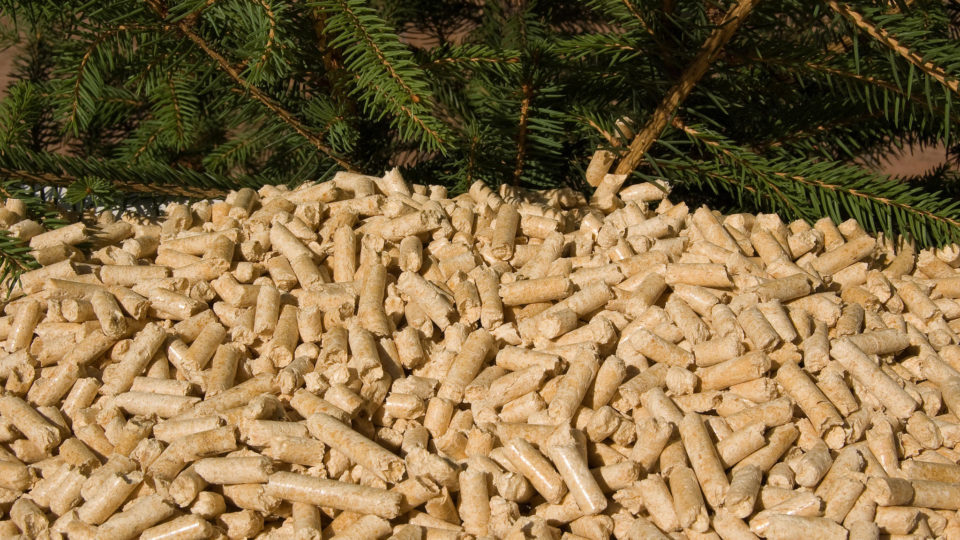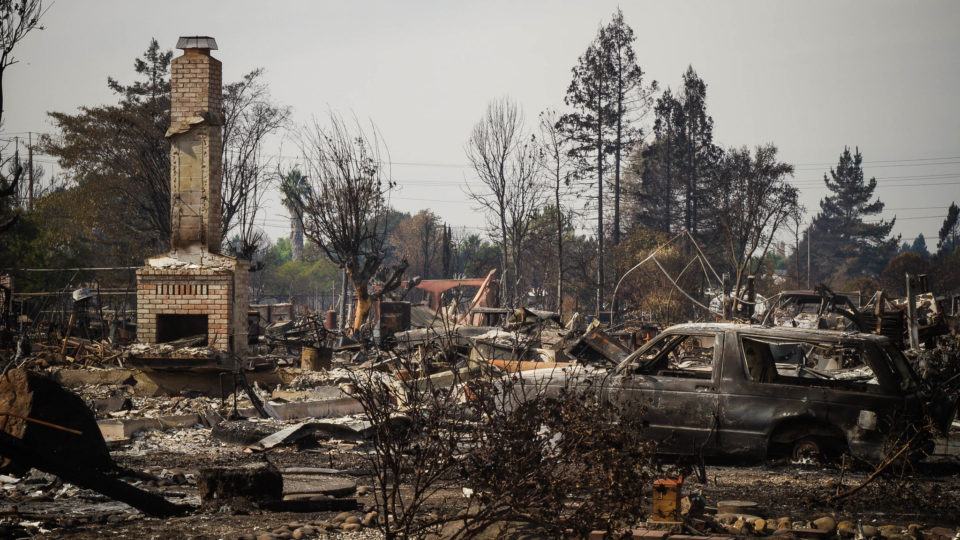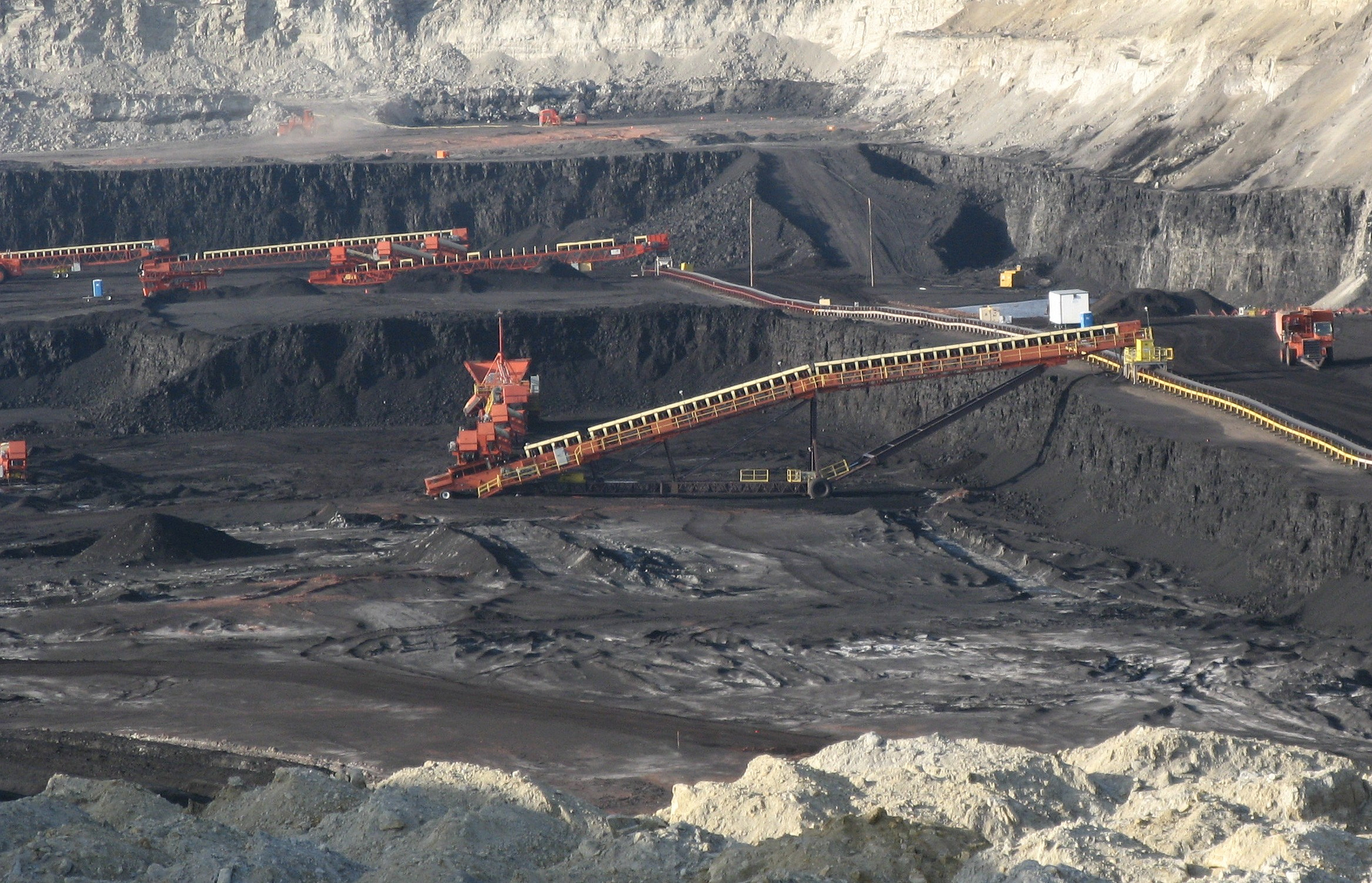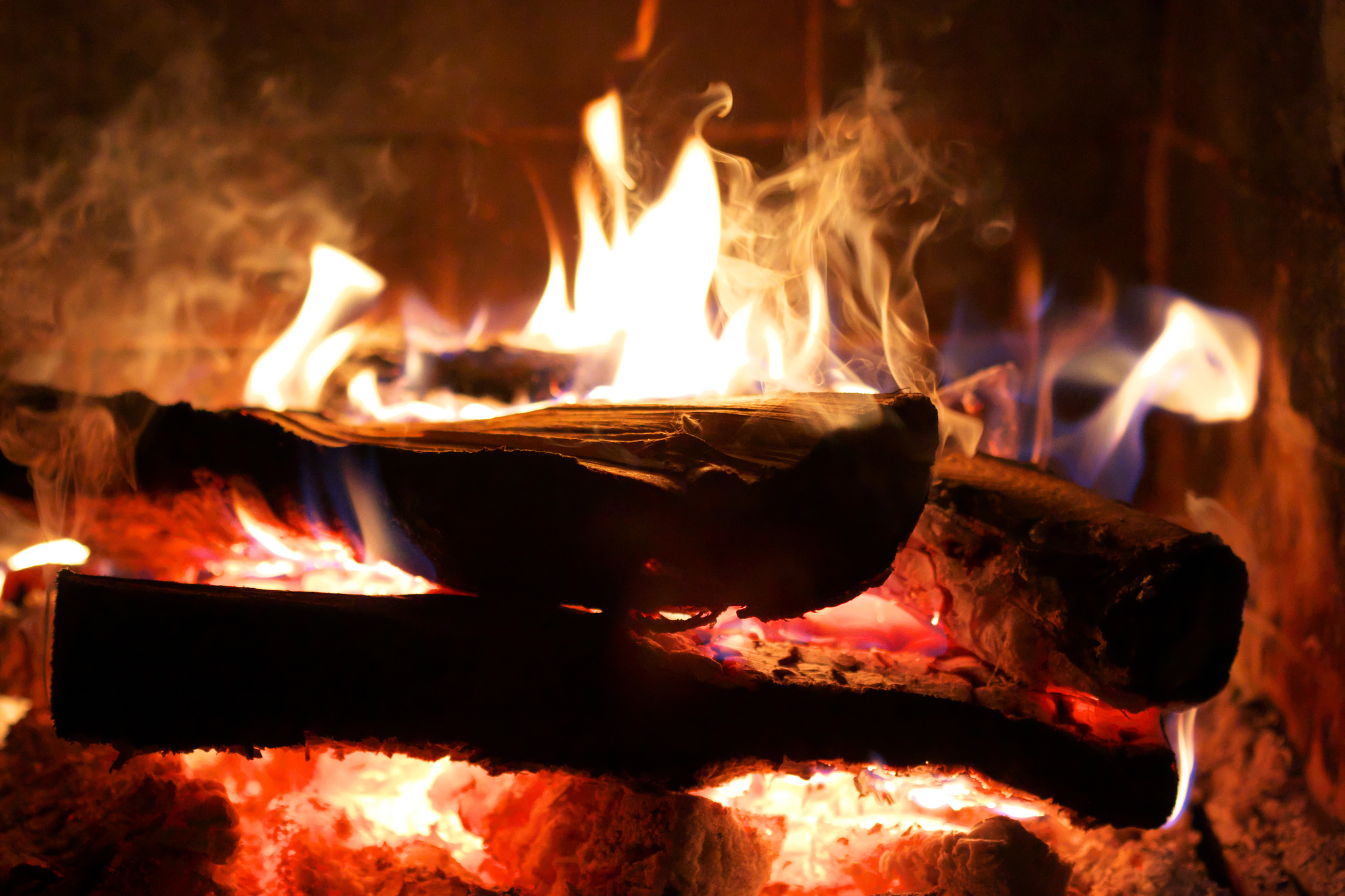This summer has been an unprecedented year for fires in the Arctic. Major fires have burned throughout the Arctic in Russia, Canada, and Greenland. In total these fires released 50 million tons of carbon dioxide in June alone, which is as much as Sweden emits in an entire year.
In an average year, wildfires around the world burn an area equivalent to the size of India and emit more carbon dioxide to the atmosphere than global road, rail, shipping and air transport combined.
Ordinarily, this is part of a natural cycle. As vegetation in burned areas regrows, it draws CO2 back out of the atmosphere through photosynthesis. This is part of the fire-recovery cycle, which can take less than a year in grasslands, but decades in forests. But in Arctic or tropical peatlands, full recovery may not occur for centuries.
A recent study looked at and quantified the important role that charcoal plays in helping to compensate for carbon emissions from fires. In wildfires, some of the vegetation is not consumed by burning, but instead is transformed to charcoal – referred to as pyrogenic carbon. This carbon-rich material can be stored in soils and oceans over very long time periods.
Researchers have combined field studies, satellite data, and modelling to quantify the amount of carbon that is placed in storage in the form of charcoal. Their results are that the production of pyrogenic carbon amounts to about 12% of the CO2 emissions from fires and can be considered a significant buffer for landscape fire emissions.
Charcoal does not represent a solution to the problem of increasingly intense wildfires, but it is important to take it into account in understanding what is happening.
**********
Web Links
How wildfires trap carbon for centuries to millennia
Photo, posted August 17, 2018, courtesy of the Bureau of Land Management Oregon and Washington via Flickr.
Earth Wise is a production of WAMC Northeast Public Radio.
